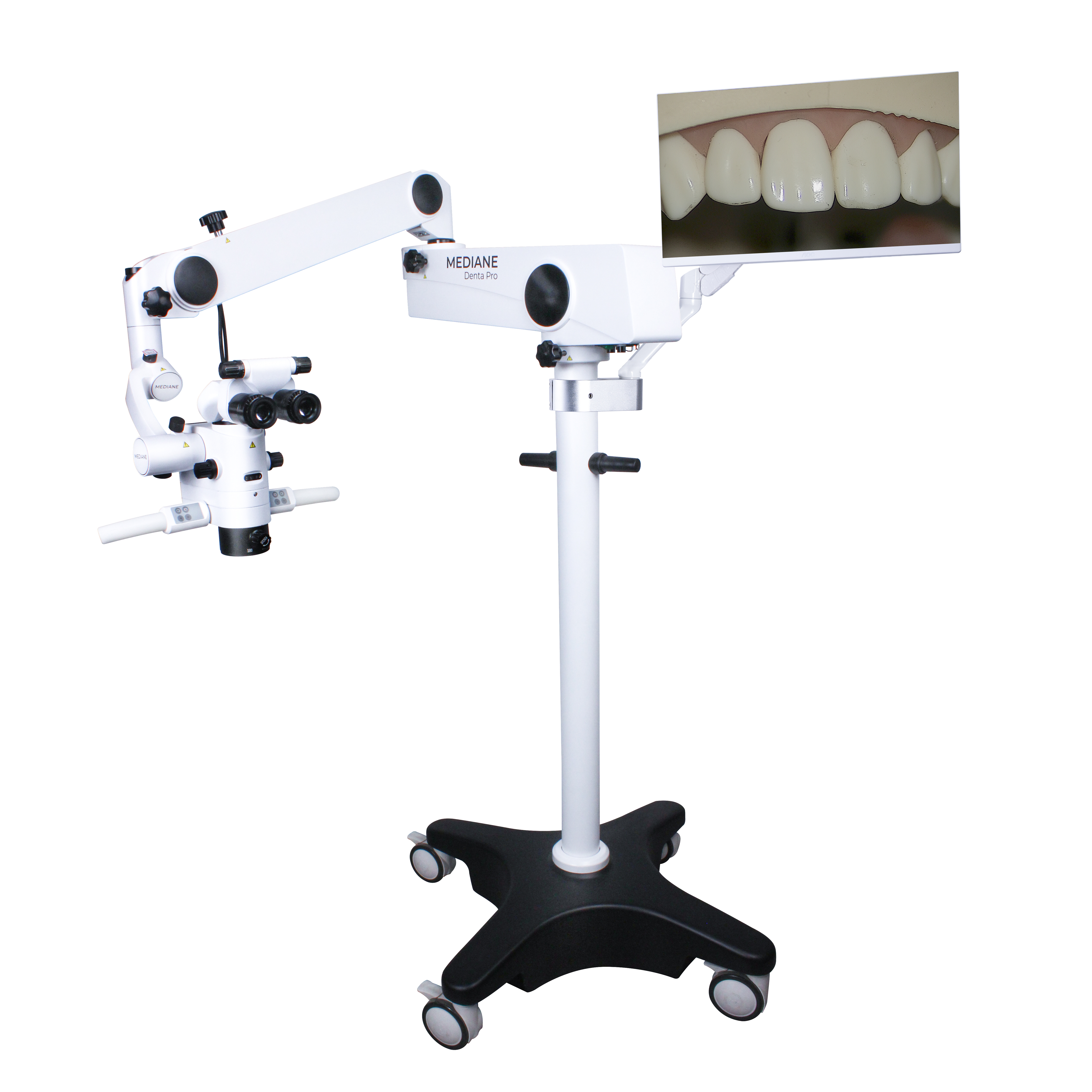Advancements in Ocular and Dental Surgical Microscopy: A Convergence of Precision and Innovation
The realm of surgical microscopy has undergone transformative advancements in recent years, driven by the convergence of optical engineering, digital imaging, and clinical demands. At the heart of this evolution lies the ocular microscope, a cornerstone tool in both medical and dental disciplines, now augmented by cutting-edge technologies such as 3D surgical microscope systems and 3D dental scanners. These innovations are reshaping the clinical surgical microscope landscape, offering unprecedented precision in procedures ranging from delicate ophthalmic surgeries to complex dental restorations.
The surgical operating microscopes market has witnessed exponential growth, fueled by the rising adoption of surgery eye microscopes in ophthalmology and dental surgical microscopes in restorative dentistry. In the ophthalmic surgical microscope market, devices equipped with enhanced depth perception and ergonomic designs are becoming indispensable for procedures like cataract removal and retinal repairs. Similarly, the dental operating microscope market is expanding rapidly, with practitioners leveraging tools such as Zeiss dental microscopes to achieve sub-millimeter accuracy in root canal therapies and implant placements. Notably, the Carl Zeiss dental microscope price reflects its premium positioning, combining superior optics with modular adaptability, though cost-conscious clinics are increasingly exploring used Zeiss dental microscopes to balance quality and affordability.
Parallel to these developments, the integration of 3D dental scanners is revolutionizing diagnostic workflows. The 3D dental scanners market, projected to grow at a compound annual rate of 9%, synergizes with dental surgical microscopes market trends by enabling real-time 3D modeling of oral structures. This fusion allows surgeons to visualize intricate anatomy through surgical microscope glasses, which overlay digital scans onto the operative field, enhancing spatial awareness. Such advancements are particularly impactful in the oral surgical microscope market, where precision in soft tissue management and nerve detection is critical.
Manufacturers are also prioritizing portability without compromising functionality. Mobile surgical microscopes, compact yet feature-rich, are gaining traction in ambulatory settings and field surgeries. These devices complement traditional medical microscopes manufacturers’ offerings by addressing the need for flexibility in diverse clinical environments. Meanwhile, the dental microscope global supply chain faces challenges, including component shortages and regulatory hurdles, prompting dental microscope manufacturers to innovate in modular designs and cross-platform compatibility.
The secondary market for used dental microscopes has emerged as a vital segment, particularly for emerging economies and smaller practices. Refurbished models, including Zeiss dental microscope for sale listings, provide cost-effective entry points into high-precision microscopy. However, buyers must weigh the Carl Zeiss dental microscope price against potential maintenance costs and technological obsolescence, as newer systems integrate AI-driven autofocus and augmented reality interfaces.
In ophthalmology, the ophthalmic surgical microscope market is witnessing a shift toward hybrid systems that merge microscopy with intraoperative OCT (optical coherence tomography). These devices, often described as surgery eye microscopes with "digital vision," enable surgeons to visualize subsurface retinal layers in real time, reducing procedural risks. Meanwhile, research into surgical microscope glasses with heads-up displays aims to minimize physical strain during prolonged operations, a development poised to redefine ergonomic standards in the surgical microscopy domain.
Despite these strides, the industry faces challenges. Regulatory complexities, particularly in the 3D surgical microscope system market, slow the approval of novel imaging modalities. Additionally, price sensitivity in developing regions constrains adoption rates, though initiatives to localize production—such as regional hubs for dental microscope manufacturers—are mitigating this barrier. The competitive landscape remains intense, with established players and startups alike vying for dominance in niche segments like the oral surgical microscope market.
Looking ahead, the convergence of AI, robotics, and advanced optics promises to further elevate surgical microscopy capabilities. Predictive analytics integrated into clinical surgical microscope systems could anticipate instrument trajectories, while cloud-connected mobile surgical microscopes might enable remote expert collaboration. As the dental microscope global ecosystem evolves, interoperability between 3D dental scanners and microscope systems will likely become standardized, streamlining workflows from diagnosis to post-operative assessment.
In this dynamic landscape, the enduring value of the ocular microscope lies in its adaptability. From the precision-driven Zeiss ophthalmic operating microscope to versatile ophthalmic surgical microscope platforms, these tools exemplify how foundational optical principles, when fused with digital innovation, continue to redefine the boundaries of minimally invasive care. As markets like the surgical operating microscopes market mature, the focus will shift toward sustainability, accessibility, and seamless integration into the next generation of smart surgical suites.

Post time: May-15-2025







